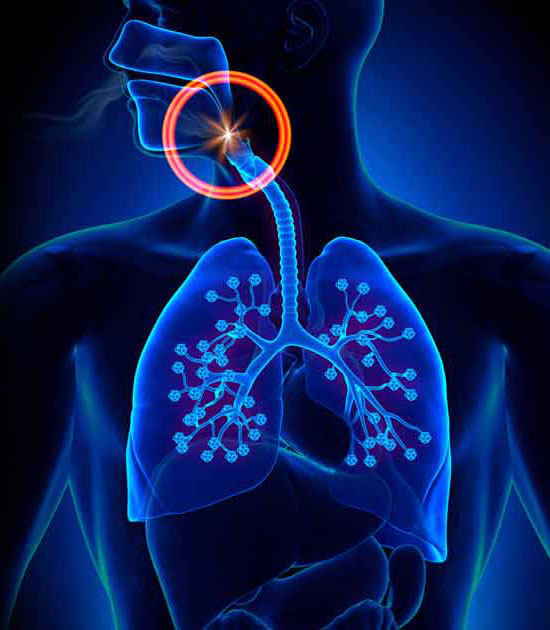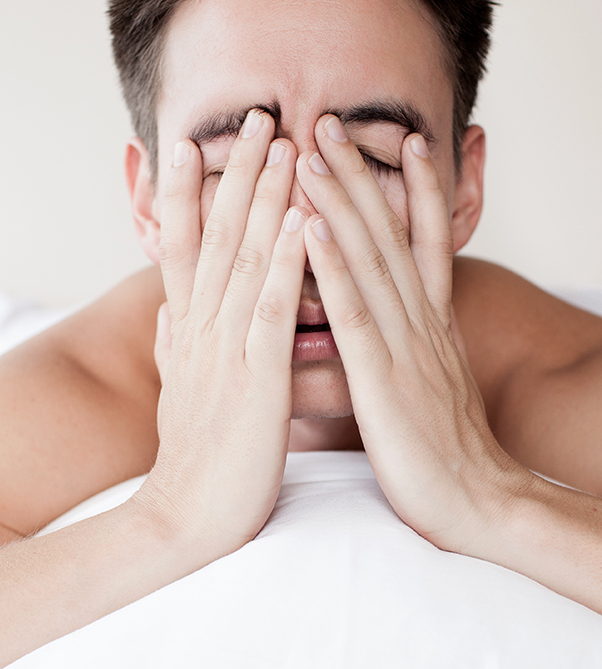Common Sleep Disorders
There are over 84 classified sleep disorders. Some are discreet and may go undetected, while others can be so severe that they disturb not only the sleeper, but also those around them. Sleep disorders require medical attention. If you think that you or a loved one may have a sleep problem, don’t hesitate to seek appropriate help.
The following sleep disorders are some of the most common ones seen by a sleep disorders specialist in a comprehensive sleep center setting.
Sleep apnea
This disorder is characterized by a cessation of breathing during sleep. Such episodes can happen hundreds of times at night, often resulting in excessive daytime sleepiness. A major indicator of sleep apnea is nightly snoring. Sleep apnea can cause numerous short-term problems, including:
- fatigue
- memory loss
- irritability
- impaired performance
Early diagnosis and treatment are essential. If left untreated, sleep apnea may lead to more severe problems among others:
- high blood pressure
- heart failure
- stroke
- diabetes

Upper Airway Resistance Syndrome
Obstructive breathing in sleep can vary greatly in severity from very mild snoring of minimal consequence to severe stoppages in breathing leading to drops in the blood oxygen level and disruption of sleep. We believe that obstructive breathing in sleep in any given individual generally begins with "benign snoring" that, in its earliest stages, may have minimal disruption to sleep. Over time as the patient ages or gains weight, however, this snoring or upper airway resistance may increase, leading to “snore arousals”. That is, the snoring begins to cause many brief awakenings during sleep without affecting the blood oxygen levels and essentially "robbing" the individual of their "good" sleep.
Snoring
Snoring is the sound emitted from the upper airway of your throat during sleep and comes from loose, relaxed tissues that vibrate while breathing. The sound emitted may come from the soft palate, tongue or both. Snoring is an indication that there is resistance through the airway. The sound intensity varies from person to person and is commonly described as a nuisance by a bed partner. Snoring may be an indicator of a serious health condition called Obstructive Sleep Apnea (OSA). Approximately one out of every two snorers will develop this condition. Although snoring is an indicator for sleep apnea, it is not necessarily experienced by all patients with this disorder.
Upper Airway Resistance Syndrome

When the snoring and resistance through the airway is significant enough to disrupt the quality of sleep, we call this disorder "Upper Airway Resistance Syndrome" or UARS. In patients with UARS, the sleep quality is generally disrupted to the point of causing clinical consequences such as difficulty initiating or maintaining sleep (insomnia), non-refreshing sleep, or excessive daytime sleepiness. Because of the very brief nature of the many arousals triggered by snoring, patients with UARS are typically unaware of these awakenings and generally do not know that they may be snoring if it were not for the witnessed reports from a bed partner or family member.
It is also important to note that not all patients with UARS have audible snoring. Some patients may have an increase in respiratory effort during inhalation or inspiration because of an anatomical limitation to the airway such as from an enlarged tongue base, which may be heard as “heavy breathing” instead of snoring. The increased effort to inhale can lead to EEG (brain wave) arousals and has been referred to in the sleep medicine field as "respiratory effort-related arousals" (RERAs). For this reason, an absence of snoring does not imply an absence of obstructive breathing in sleep. Such individuals, however, may have other symptoms such as a dry mouth upon awakening, morning headaches, symptoms of insomnia or daytime sleepiness.
We now believe that UARS represents a progression of disease bridging the transition from "benign snoring" to obstructive sleep apnea. Patients simply do not go to bed normal one night, only to awaken the next morning with obstructive sleep apnea. Instead, they typically go through natural progression over time or following weight gain from “benign snoring”, to UARS, and finally to obstructive sleep apnea. This progression may take years or decades to occur.